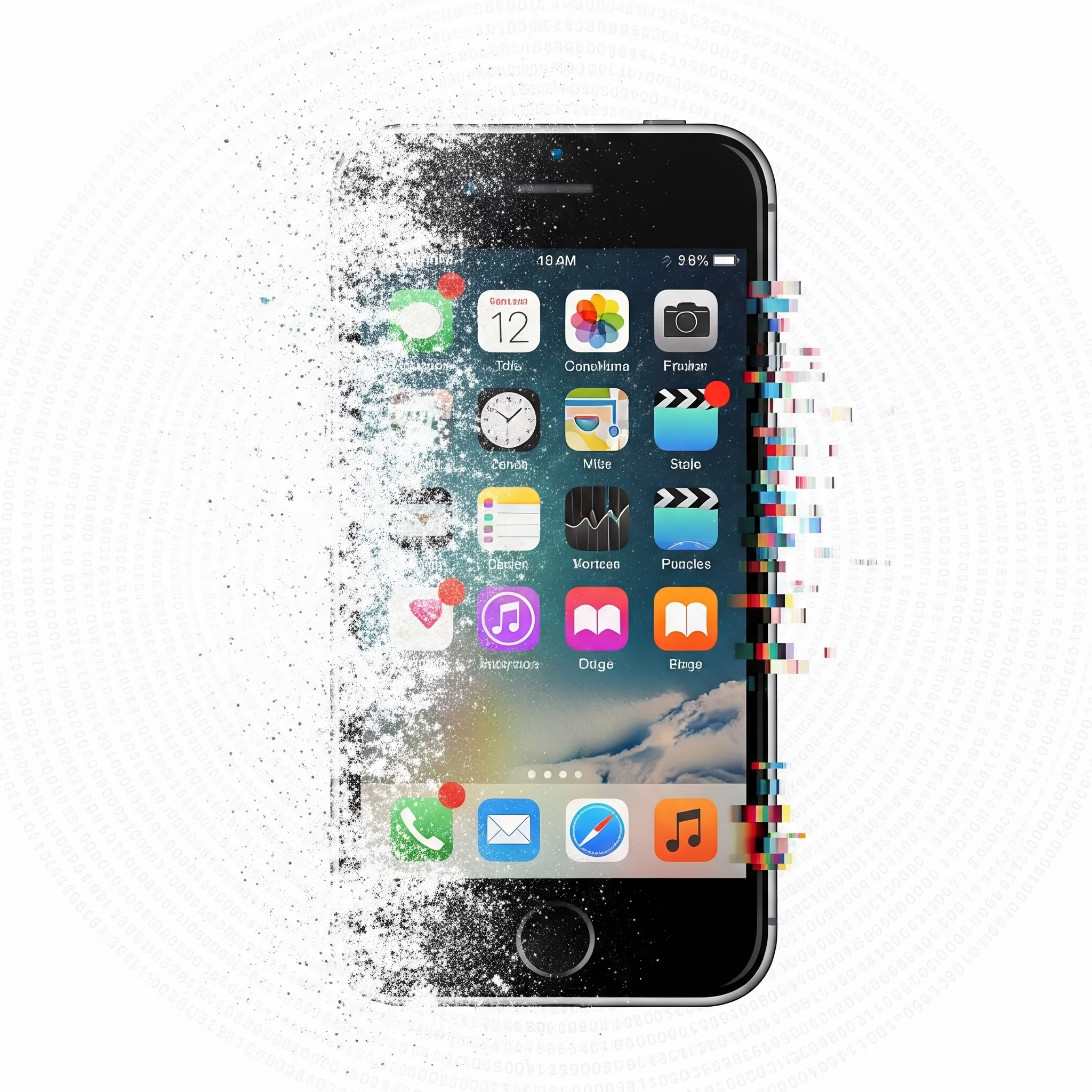If a recent update slows down your iPhone or introduces bugs, here’s how to downgrade iOS safely. This full guide covers everything from Recovery Mode to FutureRestore, tools, common errors, and when—or if—you should roll back.
Why You Might Want to Downgrade iOS
Knowing how to downgrade iOS is vital when:
Your device feels sluggish after upgrading.
Key features like Wi‑Fi or battery life deteriorate.
You want to jailbreak and need an older iOS version.
Understanding Apple’s iOS Signing Window
Apple only allows downgrades to iOS versions that are still signed. After that, official restore is blocked. This prevents performance or security rollbacks.
Preparing Before You Downgrade iOS
Backup Your Device
Always back up via iCloud or Finder/iTunes—downgrades erase everything.
Check Apple Signing Status
Verify which iOS versions are still being signed at IPSW.me. A green check means you can downgrade.
Turn Off Find My and Passcode
Go to Settings → [Your Name] → Find My, turn it off. Also disable your passcode and Face/Touch ID to avoid errors during restore.
Download the Correct IPSW
Get the right firmware for your exact device from IPSW.me or iClarified.
How to Downgrade iOS via Recovery Mode
Connect to Computer
Use Lightning/USB‑C cable to connect your iPhone or iPad to a PC or Mac running iTunes or Finder.
Enter Recovery Mode
Instructions vary by model:
iPhone 8 or newer: Volume Up, Volume Down, hold Side until recovery screen.
iPhone 7/7 Plus: Hold Side + Volume Down until recovery icon.
iPhone 6s and earlier: Hold Home + Side until recovery icon appears.
Restore Using IPSW
On Finder/iTunes: Hold Option (Mac) or Shift (Windows), click Restore.
Select downloaded IPSW and confirm.
Let the process complete; your device will reboot once downgraded.
How to Downgrade iOS Using DFU Mode
If Recovery Mode fails, DFU Mode is deeper:
Connect device to computer.
On iPhone 8+: Hold Volume Down + Side 10 seconds, release Side, keep holding Volume Down until detected.
When in DFU, Finder/iTunes won’t load boot screen—only prompt.
Use Option/Shift + Restore to install IPSW.
How to Downgrade iOS Using SHSH Blobs & FutureRestore
What Are SHSH Blobs?
SHSH blobs are device‑specific Apple signatures for each iOS/ECID combo—needed to bypass Apple signing restrictions.
Save Your SHSH Blobs
Use TSS Saver or blobsaver while the target iOS is signed.
Downgrade iOS with FutureRestore
Use command-line or GUI FutureRestore tool to flash unsigned IPSW:
Works on macOS/Linux/Windows. Be careful with SEP/Baseband compatibility.
How to Downgrade iOS Without a Computer
If you’re on beta profile:
Go to Settings → General → VPN & Device Management.
Remove the beta profile.
Reboot, then update OTA to the latest public iOS—does not allow choosing arbitrary older versions.
Using Downgrade Tools: ReiBoot, BuhoRepair
Tenorshare ReiBoot: Offers guided, user‑friendly downgrade with minimal data loss.
BuhoRepair: “One‑click” downgrade for iOS 18.x → 18.3/4 using DFU.
Common Downgrade Errors and Fixes
Error 3194 / “Firmware Not Signed”
Means Apple has stopped signing that iOS. Use SHSH blobs & FutureRestore if available.
Device Hangs During DFU or Recovery
Try a different cable or port. If still fails, contact Apple Support.
App Compatibility Issues
Apps expecting newer iOS may crash or refuse to run. Always maintain backups.
Is Downgrading iOS Right for You?
Benefits of Downgrading iOS
Restores lost performance.
Fixes critical bugs.
Allows jailbreaking.
Risks and Downsides
Security vulnerabilities in older iOS.
App incompatibility with recent updates.
Process complexity—can brick device if done improperly.
Quick Steps Recap: How to Downgrade iOS
Backup your device.
Check signing status at IPSW.me.
Download correct IPSW.
Use Recovery or DFU Mode to install.
For unsigned versions, save SHSH blobs and use FutureRestore.
Optional: Use a commercial tool.
Restore backup and verify device functionality.
Final Thoughts on How to Downgrade iOS
Understanding how to downgrade iOS empowers you to regain control over your device—whether to reclaim speed, jailbreak, or escape buggy updates. But proceed with caution: Apple closes signature windows quickly, and the process involves risks.
With proper backups, SHSH blobs, and tools like Recovery Mode, DFU, and FutureRestore, you can perform a successful downgrade—and minimize disruption as you revert to a stable or jailbreak-compatible version.

